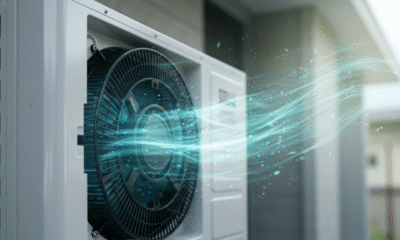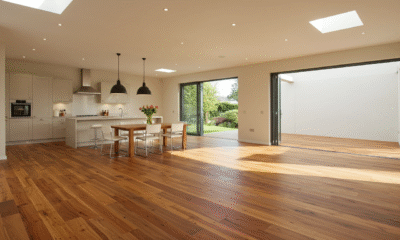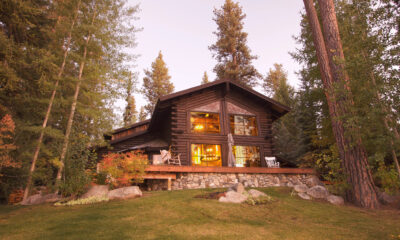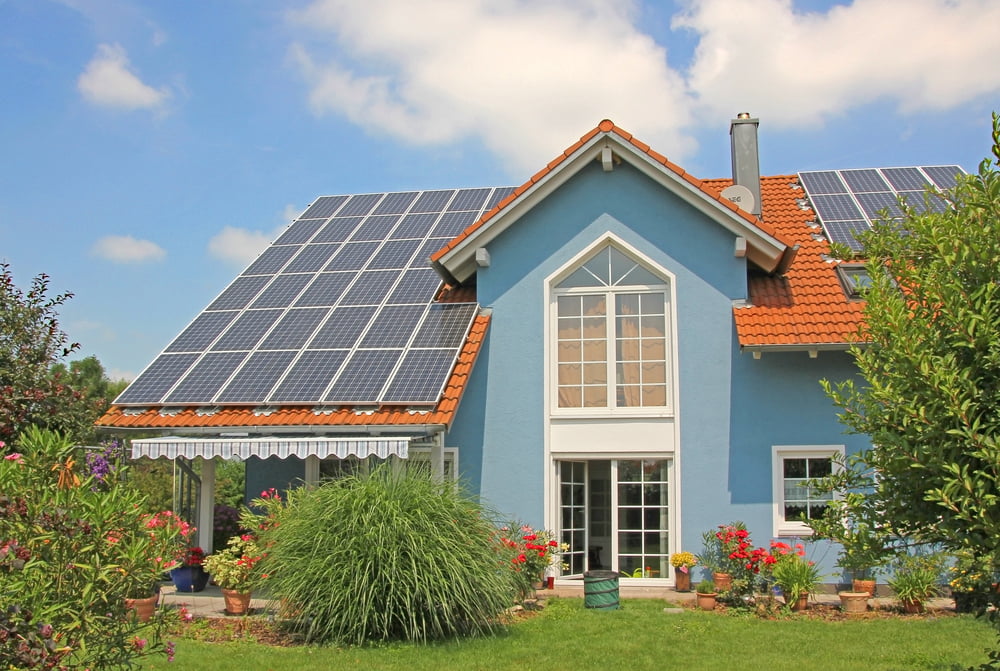
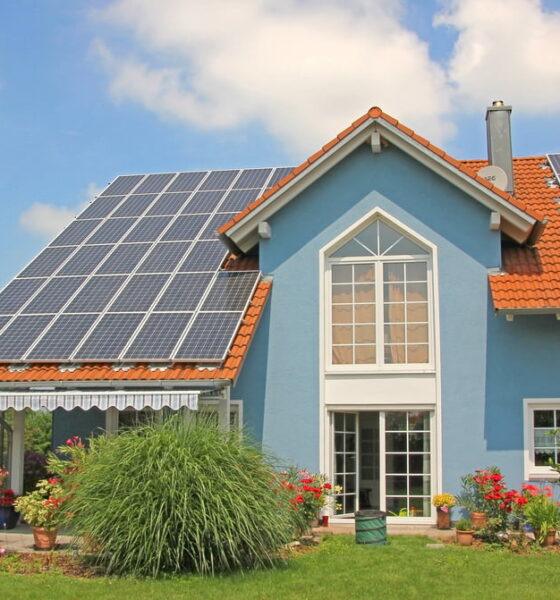
Features
Most Valuable Eco-Friendly Amenities You Can Add to Your Home
The coming climate crisis, coupled with the ongoing disaster of the pandemic, has inspired many to decrease the size of their ecological footprint. This is going to be even more important as we recognize the problems climate change is causing for seasons.
Whether the cause happens to be the consequence of living through one global disaster (and not wanting to live to see another), or an abundance of free time brought on by the pandemic to get educated on the issue, Coronavirus has inspired 64% of Americans to try and adopt more sustainable lifestyles. This has manifested in many different ways, from 54% making an effort to recycle as often as possible to smaller percentages attempting to cut down on paper products and the like.
Configuring Your Home For an Eco-Friendly Lifestyle
While all of these are good habits to get into, your home arguably contributes to the size of your ecological footprint the most. Being the main conduit through which resources are drawn and used, the amenities and appliances you have in your home account for a large majority of the resources you use (and moreover, the resources you waste).
If you’re looking to go green, there’s nothing wrong with making subtle lifestyle changes and getting into eco-friendly habits that might save some resources in the long run. But if you’re looking to significantly cut down on your impact on the environment, your efforts can’t stop there: you have to take a close look at your home, how it uses resources, and amenities you can install in the place of ineffective, wasteful models.
Let’s talk about what you can do to truly go green, revamping your lifestyle to save the most resources possible.
Temperature Control
A great place to start is looking at how temperature control is maintained in your home. Thermostats that are constantly set to high temperatures waste more resources than necessary, driving up your heating bill and racking up quite the tab of fossil fuel usage on your part. But keeping the thermostat low, especially during the winter months, is also a recipe for disaster.
As such, one great place to start is with how temperature control is maintained in your home. You may want to consider installing a fireplace if you aren’t looking to spend money on measures like smart thermostats, as they represent an all-natural means of heating your home without getting your utility company involved. Smart thermostats are also a great measure you can take, as they automatically adjust the temperature in your home according to your preferences.
Choose to Use Sustainable Energy
If your current energy usage is largely based on burning fossil fuels, you may not feel comfortable expending any energy in your home, knowing that the utility fueling your everyday life is contributing to the incoming disaster. As such, you may want to consider ways you can install and implement alternative means of collecting and using energy.
Solar energy is one clean energy source that’s becoming more accessible for homeowners, with the average joe easily being able to install solar panels on their roof. Moreover, there are utilities that are dedicated to using only solar energy, so if you’re not in an area where a particular company has a monopoly on utilities, it’s easy to make the switch.
Energy-Efficient Appliances
Another place where you might be losing energy is with your current, standard-model appliances. Washers, dryers, refrigerators, and other major appliances that are not energy-star certified use energy and water with abandon, wasting the large majority of the resources used and contributing to sky-high utility bills.
As such, energy-star certified appliances are quickly becoming one of the more popular mainstream eco-friendly measures, as even those who have limited knowledge of the climate crisis have found long-term value in cutting their utility bills down. While energy-star appliances are rapidly becoming the norm in the world of real estate, with agents springing for the cost of these high-quality appliances to attract consumers, your current models may not be energy-star certified: be sure to check, as replacing your appliances can be a great way to conserve resources long-term.
Replace Your Lighting
Similarly, LED lightbulbs also use less energy to accomplish the same purpose as your standard, dollar-store wire-filament lightbulbs. If possible, consider replacing the light sources in your home with energy-efficient bulbs, as they serve the same purpose as energy-star appliances: accomplishing the same task with fewer resources expended and wasted.
You can also look into smart timers, motion-activated lighting, and other modifications to your current lighting system, as these serve a similar function as the smart thermostat: giving you the quality of lighting you need when you need it, not more, not less.
If you’re going green, starting can be as simple as re-evaluating your practices: not just your habits, or the functions you yourself perform, but the functions your home performs and how efficient they are with the resources you provide.


 Environment9 months ago
Environment9 months agoAre Polymer Banknotes: an Eco-Friendly Trend or a Groundswell?

 Environment10 months ago
Environment10 months agoEco-Friendly Home Improvements: Top 7 Upgrades for 2025

 Energy12 months ago
Energy12 months agoA Closer Look at The Rapid Growth of Solar Energy in Ireland

 Features8 months ago
Features8 months agoEco-Friendly Cryptocurrencies: Sustainable Investment Choices
